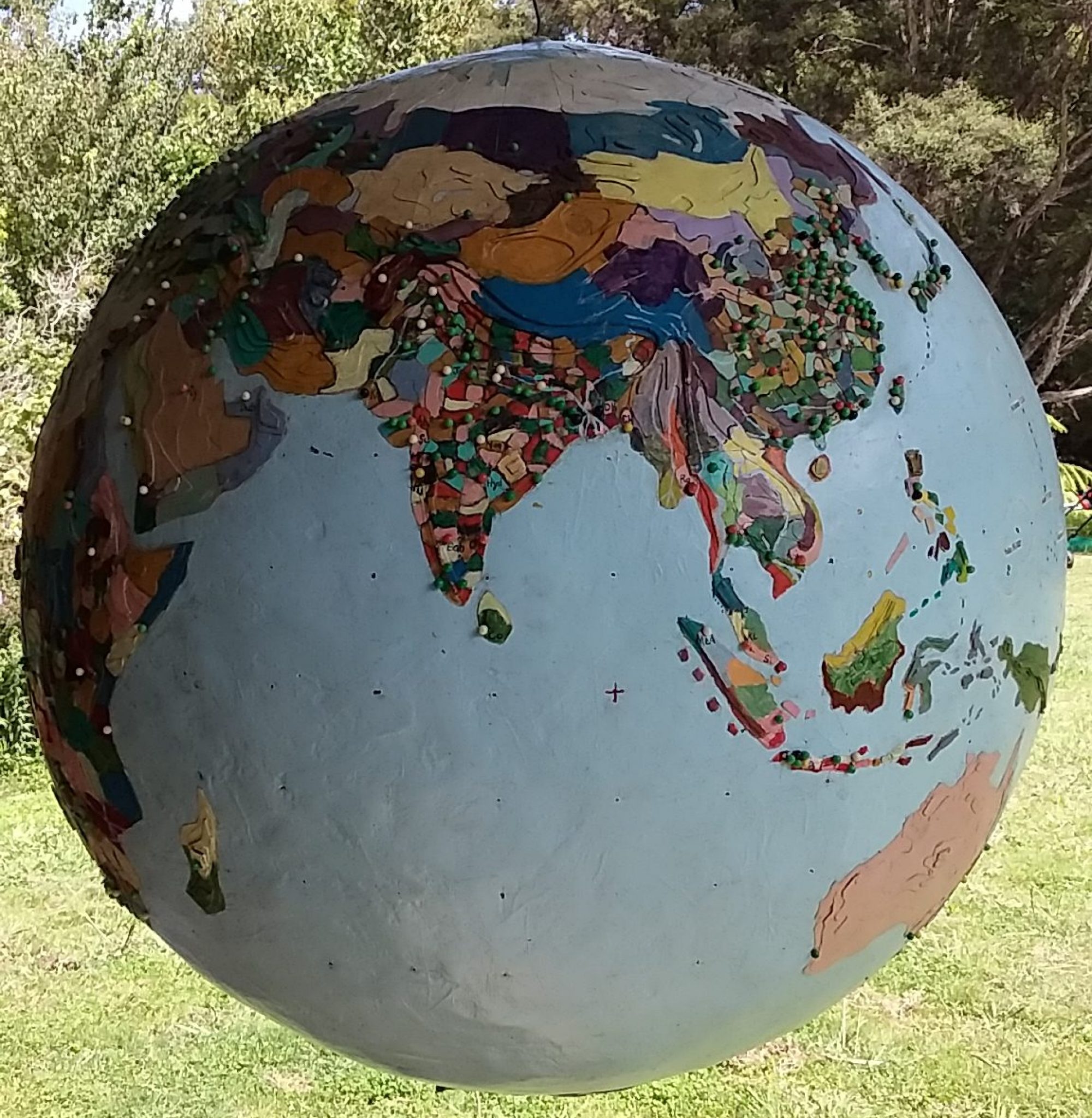Denmark
Millisphere: a discrete region inhabited by roughly one thousandth of the world population.
Technically Denmark (2020 population 5.4 million) includes Greenland and the Faroe Islands but in a previous millisphere I had lumped them in with Iceland, Finland, Alaska and the indigenous people living within the Arctic Circle to make up the millisphere I called “North Pole”.
Previous to WWII Iceland had belonged to Denmark but had turned itself over to the then neutral USA in 1941 and is now independent. Today the Faroes and Greenland enjoy a degree of autonomy from Denmark.
Home to IKEA, Lego, Carlsberg beer and Maersk shipping containers Denmark is a Nordic Lutheran welfare state well known for its socially liberal views and in recent times has been embroiled in a global debate on free speech.
Pornography was legalised in 1969 and the Danes allowed “gender neutral” marriage before same sex marriage was adopted elsewhere. In 2009 the Danish royal family moved to “absolute primogeniture” – if the firstborn is a girl she becomes the new monarch, not her younger brother and in 2020 Denmark pushed Switzerland out of the top position on the world environmental performance index.
Recently I have come to know Frank, a Dane, who as a seventeen-year-old musician was involved with the anarchist commune of Christiania which started in 1971 as a hippie squat on 19 acres of abandoned army barracks. In defiance to the state laws they proposed a self governing society where “everyone held themselves responsible for the well being of the entire community” – which included drug addicts – and they made their own rules. Pusher Street, their “green light district”, became one of Copenhagen’s main tourist attractions. When international bands like Pink Floyd played Copenhagen the after concert party was at Christiania. “The music scene was magic,” Frank remembers.
Since the 2000s Christiania has come under increased state pressure. Police invaded in 2007 demolishing unpermitted houses and introduced a policy of zero tolerance. A police request for drug sales to be “less visible” was responded to by draping camouflage nets over the stalls. In 2016 a Bosnian, carrying the day’s takings, shot two police and a civilian during a police raid. The residents then voted to remove the drug stalls – but they sprang up again.
The process of “normalisation” in Christiania is ongoing. The Danish state refused to recognise the collective – only individuals they said – and they are still trying to force the 1000 odd residents, who are opposed to individual ownership, to buy the property they have occupied for over 40 years.
Denmark’s “worst international relations incident since WWII”, according to their Prime Minister, started when in 2005 the ring-wing Jylland-posten newspaper pushed the boundaries of free speech. Free speech was self evident in liberal Denmark, the paper opined, this piece of journalism was to be about self censorship. Danish cartoonists were approached to submit cartoons depicting the prophet Mohamed. Some declined citing contractual obligations but twelve responded.
After publication all hell broke loose. Representations of the prophet Mohamed are considered blasphemous by most Moslems, let alone cartoons depicting him as a bomb wearing a turban. Imams and entire Moslem countries condemned Denmark for allowing the cartoons to be published and Danish exports to the Middle East dropped by 50%.
The incident sparked a global debate on free speech. The Danish government had lived without censorship since the Nazi occupation and held that free speech was one of their intrinsic values. There is a Danish tradition of satire they reiterated.
In the spirit of “journalist solidarity” the French satirical magazine, Charlie Hebdo, republished the cartoons in 2011. In 2015 two French Muslim brothers forced their way into the offices of Charlie Hebdo killing twelve and wounding eleven and in 2016 another Muslim gunman attacked a meeting in Copenhagen organised to discuss free speech.
The Danish government has recently required that sermons given in a foreign language be translated and supplied to local authorities. Five percent of Danes are Muslim and fifty percent of them believe criticism of religion should be censored.
Jyllands-posten has just published a cartoon depicting the Chinese flag but with yellow coronaviruses instead of stars. This time it is the Chinese who are outraged.
